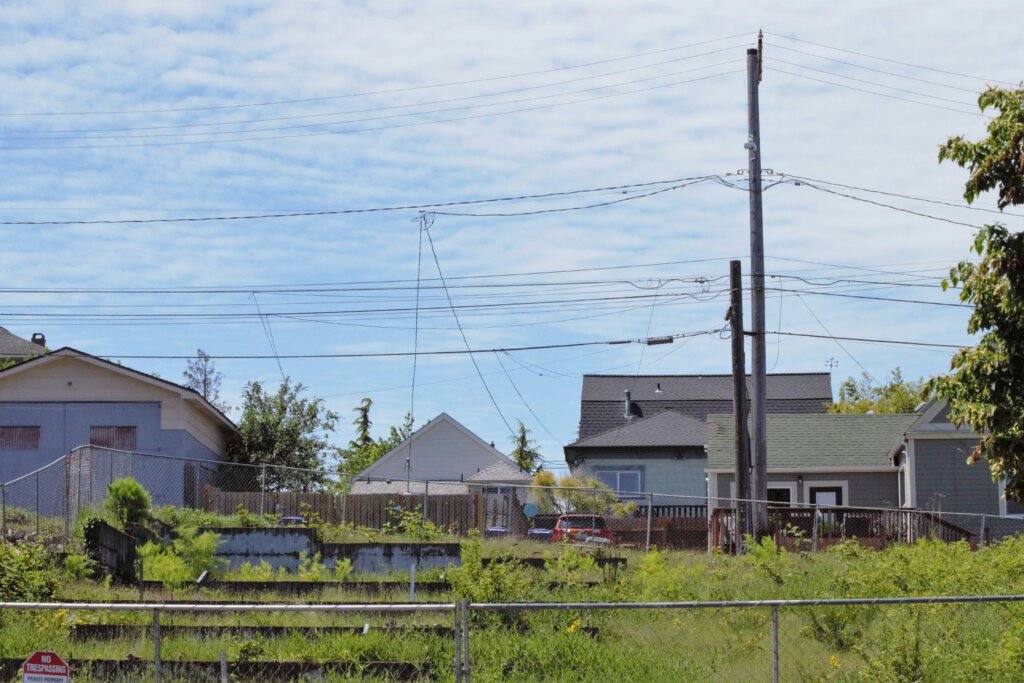
Goldman Sachs’ prediction of a 4.4% rise in U.S. real estate prices by 2025 has raised a few eyebrows, especially in a market dealing with affordability challenges. While their forecast highlights optimism, much of this growth is likely to be concentrated in a few high-price markets. But what about the broader U.S. market, particularly Texas? Are all regions expected to follow the same trend?
A Regional Breakdown: High-Priced Markets Leading the Charge
According to Goldman Sachs, much of the expected price growth is concentrated in specific regions, notably California, the Northeast, and parts of the Midwest. Cities like San Jose, San Diego, and New York are expected to see the strongest gains, with some areas in California projected to rise by as much as 10% over the next year. These regions have historically led national real estate trends, partly because of their larger economies and higher price points.
However, the national 4.4% growth rate in 2025 may not tell the full story. The stronger price appreciation in these markets could inflate national averages, masking slower growth or even declines in other areas. This is particularly relevant in states like Texas, where the real estate market is experiencing different pressures.
Texas: A Contrast to California’s Boom
While Goldman Sachs emphasizes growth in markets like California, contrasting data from other sources suggests a different outlook for Texas. Austin, which saw a massive boom during the pandemic, is now facing some of the sharpest declines in home prices. According to recent reports, home values in Austin are expected to drop by 1.4% through 2025 (Home Buying Institute). This is largely due to oversupply and the cooling effect of higher mortgage rates.
CoreLogic also forecasts a national price increase of only 2.2% from mid-2024 to mid-2025, underscoring the regional variability of these predictions(CoreLogic®). Unlike California, where demand continues to push prices higher, Texas’ real estate market may be stabilizing after years of rapid growth.

The Broader Picture: Affordability and Interest Rates
Affordability remains a critical issue nationwide. In nearly all U.S. counties, median-priced homes are becoming less affordable, and Texas is no exception (Home Buying Institute). High mortgage rates, which are expected to remain above 6% through the end of 2024, are dampening demand (Norada Real Estate Investments)(Fannie Mae). However, if the Federal Reserve cuts interest rates as Goldman Sachs predicts, this could ease some of the affordability pressures, potentially boosting demand across the country, including in Texas.
Yet, even with rate cuts, Texas markets like Austin might not see the same rebound as high-priced coastal markets. The reason? Inventory and oversupply issues in certain cities are weighing heavily on price growth. Where California’s inventory remains limited, Texas has seen more homes come to market, which could temper future price appreciation (Norada Real Estate Investments).
What This Means for Buyers and Investors
For investors, this data presents two very different market dynamics. In regions like California, New York, and Boston, demand is expected to remain strong, leading to continued price growth. These markets might offer the highest returns but will also pose the greatest affordability challenges.
In contrast, Texas markets like Austin, Dallas, and San Antonio may offer opportunities for those looking to invest in a more stabilized market. While the rapid price growth of the past few years might be over, these regions still provide a lower barrier to entry compared to high-demand coastal cities. Furthermore, as the market stabilizes, there could be room for steady, long-term gains as interest rates fall and affordability improves.
Final Thoughts
While Goldman Sachs’ forecast of a 4.4% national price increase by 2025 paints a positive picture, the reality will be more nuanced. High-priced markets like California and New York will continue to drive much of the national growth, but areas like Texas could see slower appreciation or even declines. Investors and buyers must consider local market dynamics, especially as factors like inventory and affordability play a larger role in shaping future trends.
In the end, whether you’re looking at California’s high-priced boom or Texas’ more moderate growth, staying informed about regional variations will be key to making smart real estate decisions in the years ahead.
